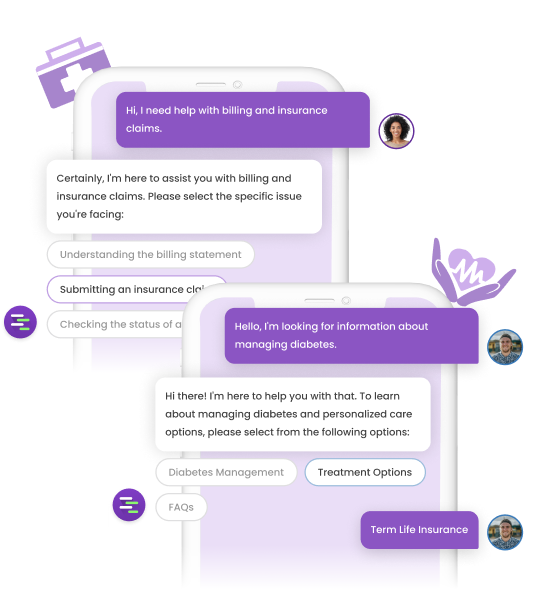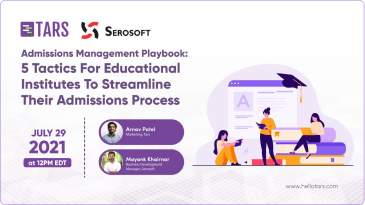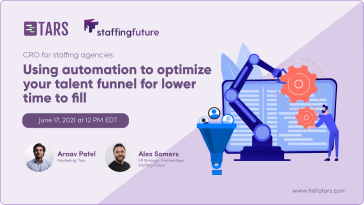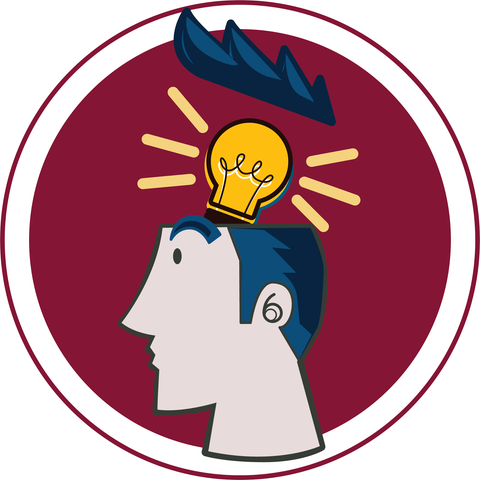1. The chatbot explains the process it is going to follow to determine the severity of the user's mental health condition.
2. It asks the user if they are feeling depressed or anxious.
3. It explains what entails both the conditions.
4. It explains to the user how they can find out if they are depressed or anxious through a questionnaire.
5. It asks a series of questions like "Have you found little pleasure or interest in doing things?", "Have you found yourself feeling down, depressed or hopeless?", "How often have you been bothered by feeling nervous, anxious, or on edge?", "How often have you been bothered by not being able to stop or control worrying?", etc.
6. It rates the user's depression/anxiety symptom severity based on their answers.
7. It explains the treatments available to treat the symptoms of their condition.
8. It explains the mental illness, its causes, and help-seeking treatment options to the user in detail.
9. It redirects users to the feedback questionnaire.
10. It can be used by healthcare providers to make accurate diagnoses.
11. The information provided by the patient can be used to store in electronic health records with the help of the chatbot to refer to the medical history of the patient in the future.
12. It can introduce a mental health treatment plan.
13. This virtual assistant can boost the success rate of a healthcare firm.











































